What is included in a printer lease agreement?
A standard printer lease agreement typically covers the cost of leasing the office equipment, maintenance, repair services, and occasionally supplies like toner and paper. Within the lease agreement, it’s essential to verify the details to ensure all necessary services are included. Leasing companies require businesses to comply with certain terms and conditions, such as the term of the lease and usage limits. By thoroughly reviewing the agreement, businesses can ensure they’re selecting the right choice for your business and avoiding hidden costs.
What happens at the end of a lease?
At the end of your lease term, businesses generally have several options: they can purchase your printer outright, return the equipment, or upgrade to a newer model. Leasing often provides businesses with flexibility to adjust based on their evolving needs. Understanding these options ahead of time ensures that you’re prepared to make an informed decision regarding your office printer or kind of office equipment based on your specific business requirements.
Is leasing a printer or copier cost-effective for small businesses?
Leasing can be a highly cost-effective solution for small businesses that need access to high-quality office equipment without the large upfront cost. Leasing provides the flexibility for small businesses to adapt their technology as needs change. It also mitigates the cost of a printer by spreading the payments over time, making it a smart choice for businesses concerned about cash flow. Additionally, leasing companies offer maintenance services, ensuring your printer is one that remains functional and efficient.
How do tax benefits apply to printer leases?
Leasing a printer can offer tax advantages. Lease payments are generally classified as business expenses, which means they can be deducted from taxable income. This provides potential tax savings compared to buying office equipment outright, where the upfront cost is not immediately deductible. For businesses looking for both flexibility and financial efficiency, leasing is often the preferred option, depending on the specific business structure and tax planning strategy.
Is it better to lease or buy a printer?
The decision to lease or buying an office printer depends on several factors, including the pros and cons of buying vs. leasing. Leasing can provide access to the latest technology without the need for a large capital investment, making it ideal for businesses with fast-changing needs. In contrast, buying it outright may offer long-term savings for businesses with stable requirements. When making the decision to lease or buy, consider whether your business benefits more from leasing provides the flexibility to upgrade, or from the long-term cost savings associated with purchasing a printer.




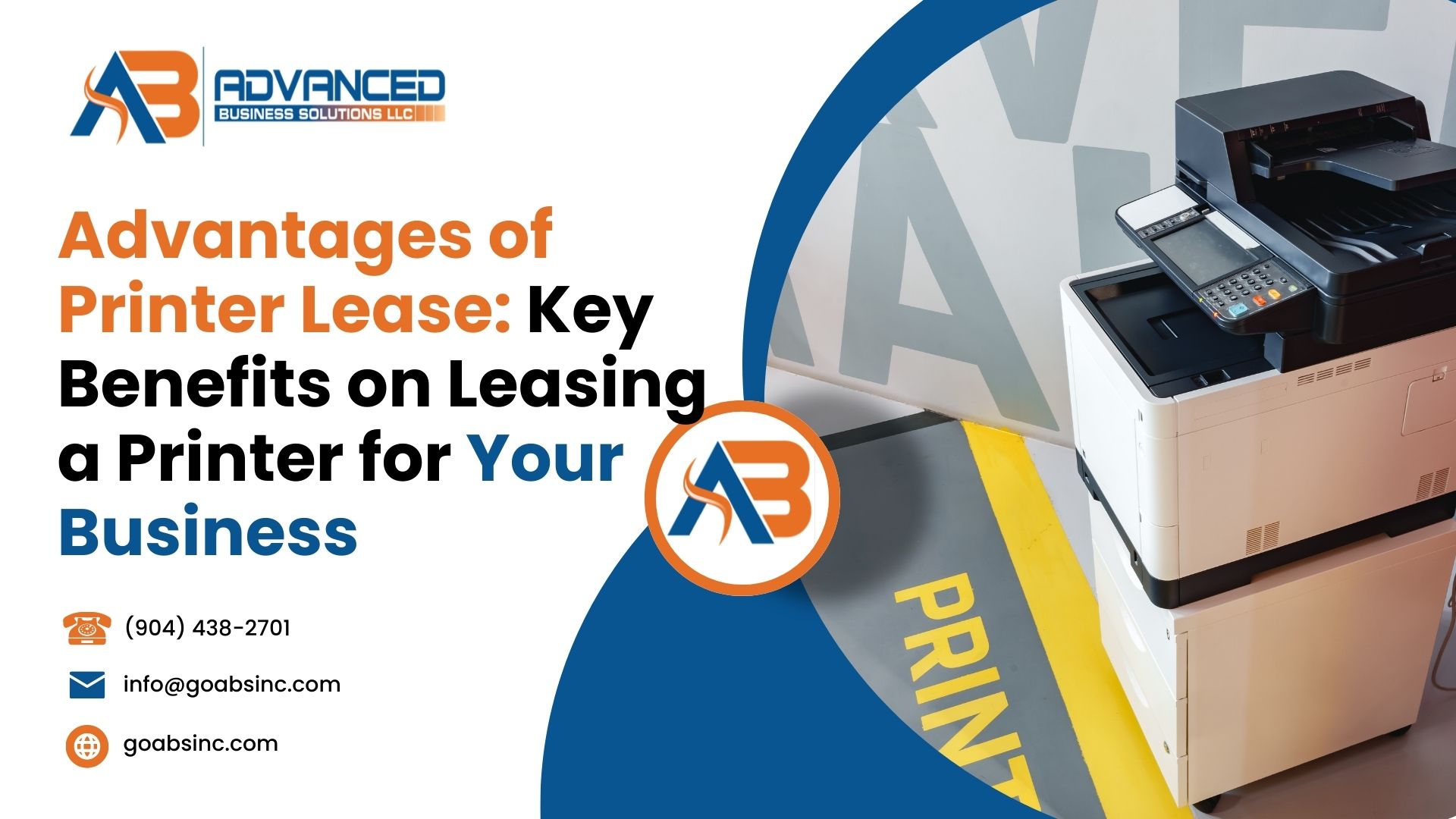
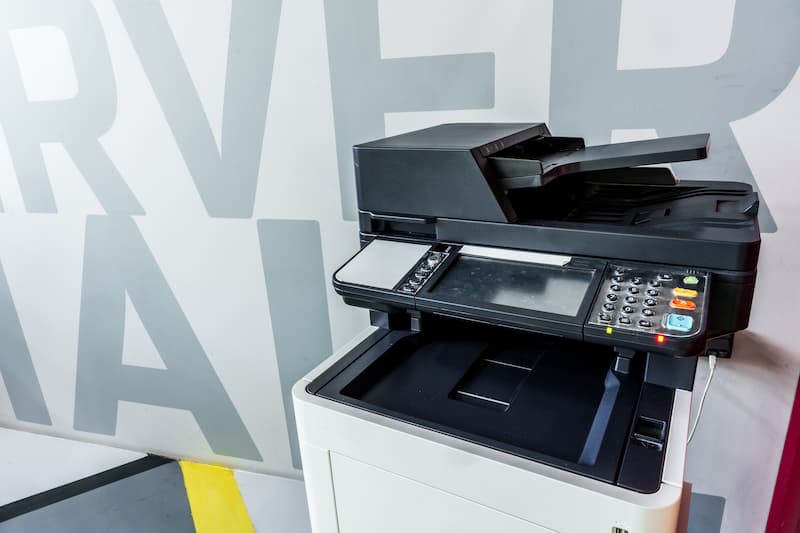
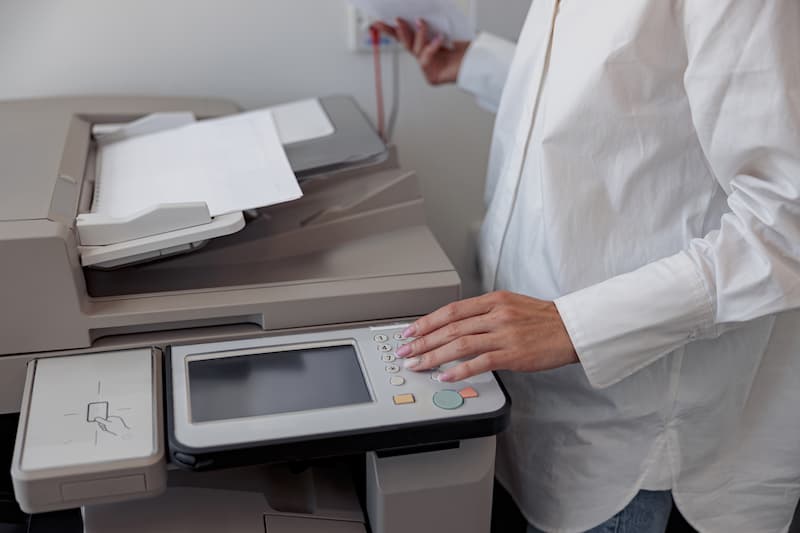
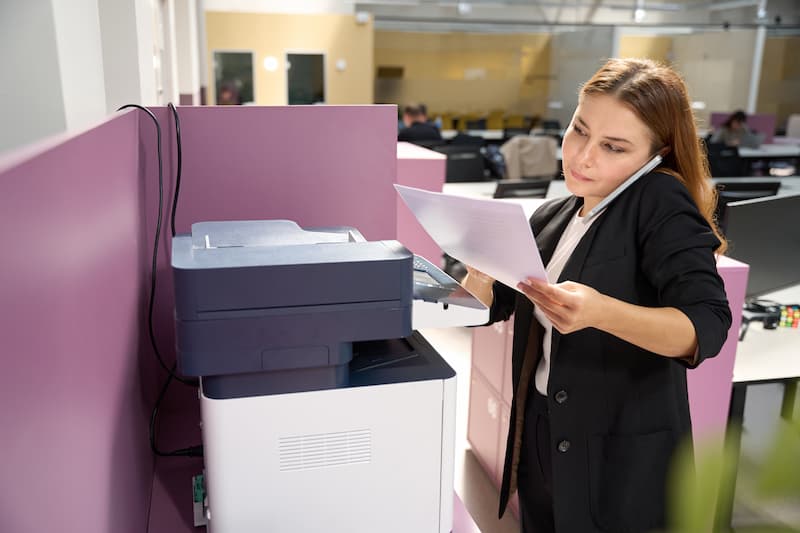
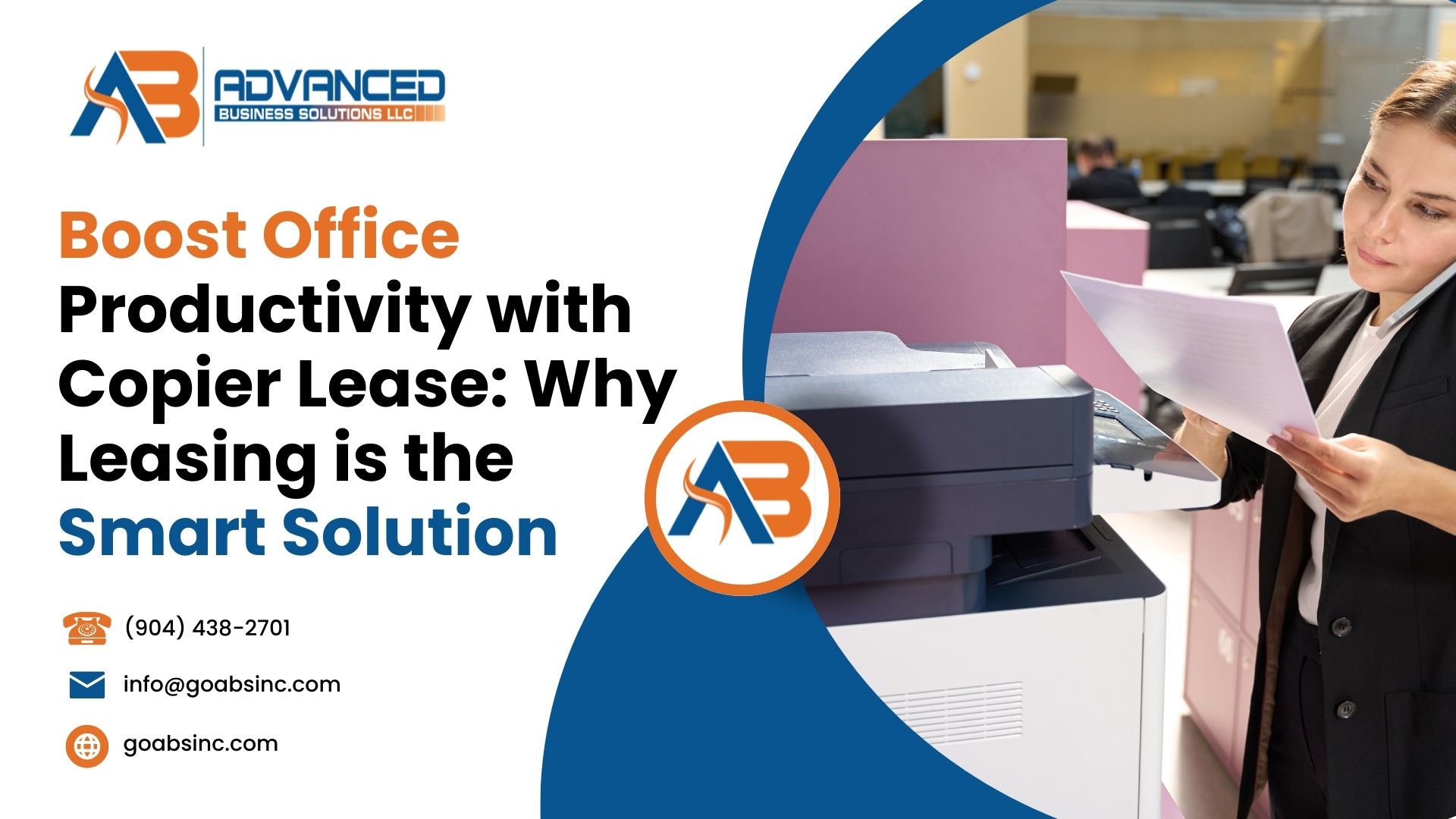
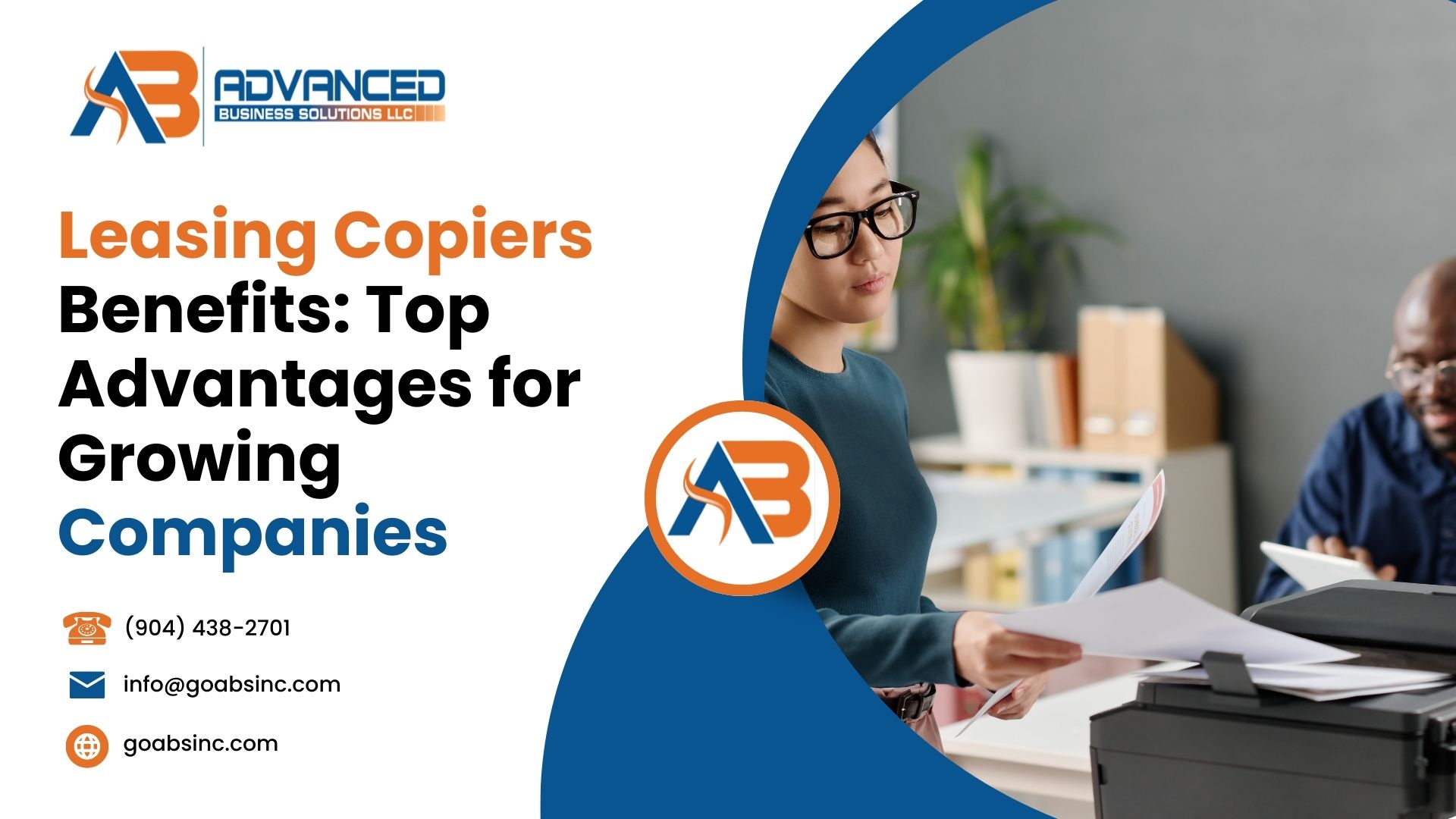
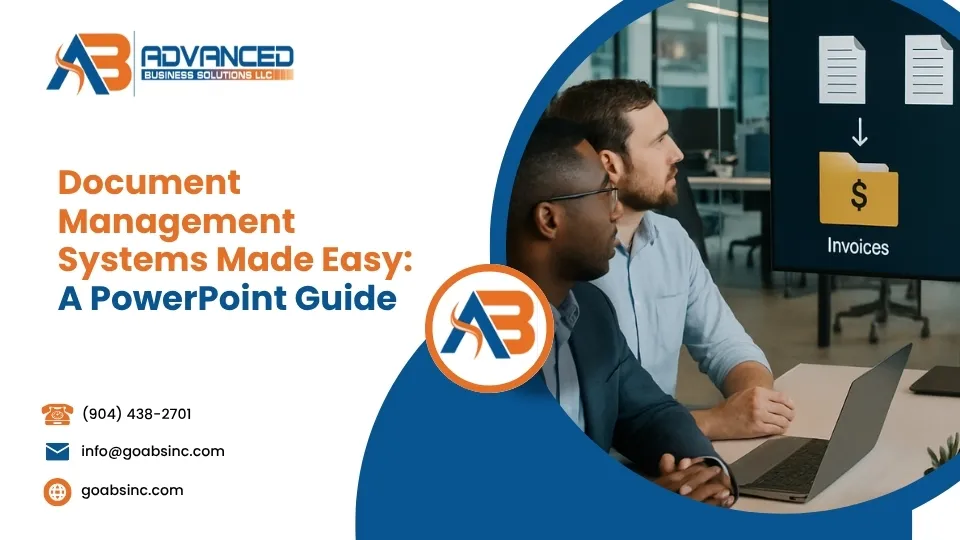

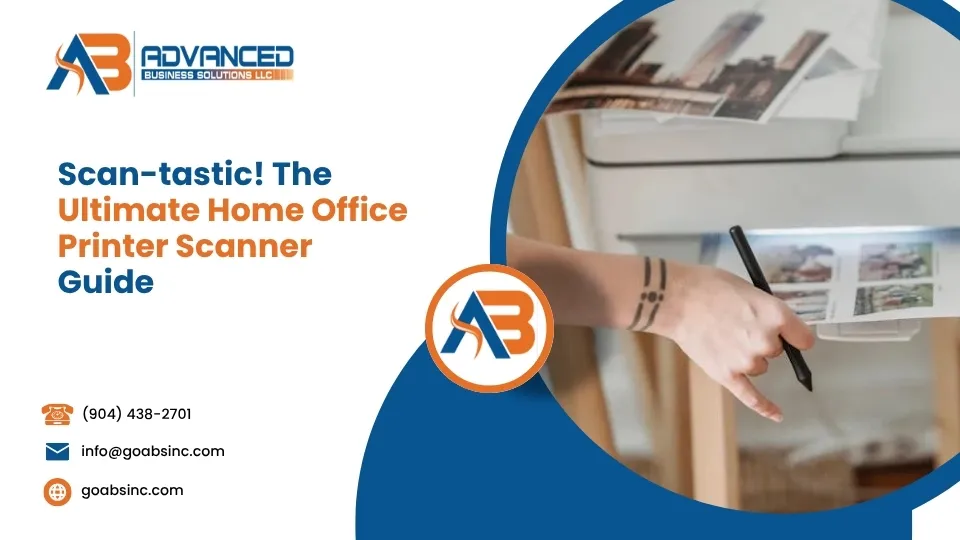
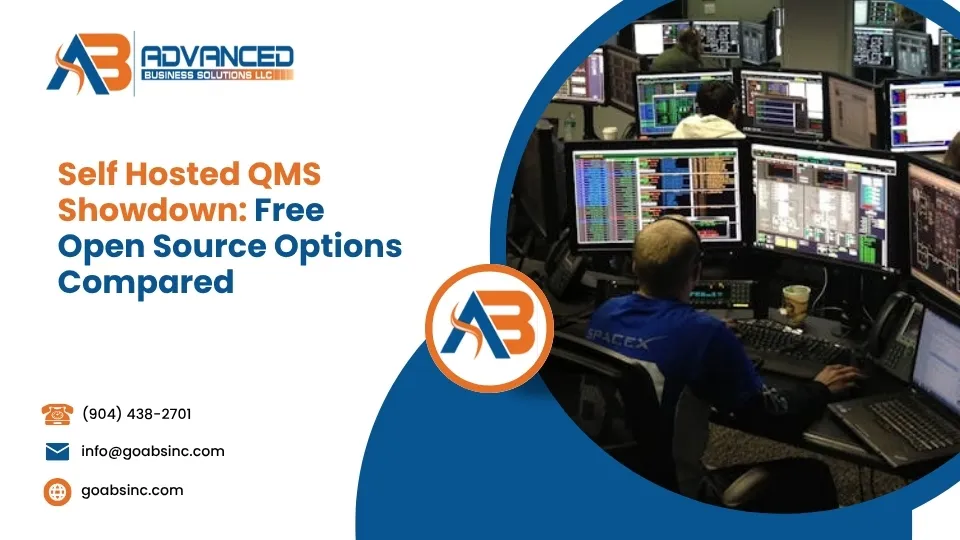
Comments are closed